tooth resorption cats symptoms
Bleeding and Other Oral Symptoms. What causes tooth resorption.

Dental Care For Cats North Elm Animal Hospital
At home you may see the signs of tooth.

. Classification of Tooth Resorption. Most common symptoms Drooling Mouth Salivation Pain Seizures Vomiting Weight Loss. Symptoms of Tooth Resorption.
It is a common cause of tooth loss in cats. In many cases a person may not notice tooth resorption for years. Cats with TR often show no signs visible to their owner.
In any case symptoms of resorption are not simple to take note of. It affects the crown of the tooth to expose the nerve and dentin resulting in pain and inflammation. As it is difficult to notice the early signs of tooth resorption in cats the condition goes untreated for a long time.
For this reason cats dont always get the care they need to relieve their pain and prevent further dental damage. Tooth resorption also called feline odontoclastic resorptive lesion is when the tooth starts breaking from the inside. It is an extremely common condition but unknown to most guardians.
Pain can be difficult to notice in your cat and many cats will still appear to eat normally with a painful mouth which is one of the many reasons annual veterinary visits are recommended to have your cats mouth examined. Tooth resorption in cats is a medical condition in which the dentin of one or more teeth tissue underneath the enamel erodes over time and ends up being irreparably destroyed. However tooth resorption in cats is referring to a specific and painful condition.
Tooth resorption symptoms Cats are masters at hiding pain so it can be difficult to tell if they have dental problems. Tooth resorption in cats is an important dental disease. Symptoms of tooth resorption in cats.
As the dental disease progresses the symptoms your cat may show include difficulty in eating dribbling saliva face rubbing jaw chattering and weight loss. Tooth resorption doesnt always present a clear set of symptoms. In the past tooth resorption was referred to as feline oral resorptive lesions feline odontoclastic resorptions cavities caries cervical neck lesions external or internal.
Occasionally they may stop eating altogether. However the symptoms soon begin to appear as the resorption worsens. If so you may have witnessed a case of feline tooth resorption.
If you notice any odd changes in behavior its worth taking your cat to the vet for a checkup. More than 70 of cats over five years of age show signs of tooth resorption. Resorptive lesions that have eroded through the enamel may be very painful.
Symptoms of Tooth Resorption in Cats Often symptoms will not begin to manifest until the tooth has been destroyed down to the root. Missing or fractured teeth are other potential signs of tooth resorption. Dropping food while chewing Chattering the jaw while eating.
Your cat may also start to prefer wet food over dry kibble and the wet food may stick to the affected tooth. Additionally if you have this condition you may also experience swelling in your gums and see red or dark spots on your teeth. Tooth resorption has been classified based on the extent and location of the resorption.
Tooth resorption in cats can occur in up to 75 of domestic felines. Tooth Resorption in Cats. Many cats with tooth resorption also show no signs of pain or change in behavior at home.
However the lesion is quite painful especially when touched or when the cat eats. The resorption continues until the tooth is weakened and ultimately fractures. Cats with oral pain may appear irritable or aggressive have a change in appetite or food preference and may have difficulty chewing and eating food falls from their mouth.
When it comes to tooth or root resorption there is no clear set of symptoms. Full mouth veterinary dental radiographs are needed for both diagnosis and treatment. Many cats with feline tooth resorption will be unwilling to let you look in their mouth due to pain.
Dental resorption or root resorption often begins on the outside of a tooth and moves inwards. Symptoms of tooth resorption in cats can range from. Tooth resorption in cats unfortunately often goes undiagnosed.
Pawing at their face. Cats with resorptive lesions may show pain when their jaws are touched and may also have increased. Pain can manifest in a variety of ways.
Some cats with tooth resorption also have generalized oral inflammation or stomatitis. At this stage it is generally easy to see with the tooth appearing to be grown over by the gums. Rated as moderate conditon.
Most common symptoms Drooling Mouth Salivation Pain Seizures Vomiting Weight Loss. Tooth resorption is seen as a pinkish defect where the tooth meets. Any number of painful conditions from feline tooth resorption to arthritis could be to blame.
However subtle signs include a tendency to gulp down their food quickly since eating causes pain or to only eat from one side of their mouth. What are the signs and symptoms of tooth resorption in cats. One of the most common symptoms in cats with tooth resorption is pain.
Swelling around the mouth and jaw. This painful dental condition affects up to 60 of adult and senior cats but its symptoms can be difficult to recognize with the untrained eye. What Are the Symptoms of Tooth Resorption in Cats.
Running away from the food bowl. If cat tooth resorption is left untreated for a period of time the crown can break and cause tooth loss. Oral disease in cats comprises four major conditions.
Pain is the most obvious symptom of tooth resorption in cats but thats not always easy to see. As the disease progresses the different layers of the tooth are resorbed and the pulp cavity becomes exposed causing pain and sensitivity. Pain beginning from the crown root or the inside of the tooth.
Periodontal disease oral neoplasia particularly squamous cell carcinoma feline stomatitis and tooth resorption. Prepare for unexpected vet bills. The most common symptoms include.
In some cases the patient may not notice the problem for years. How Do Vets Diagnose Tooth Resorption.
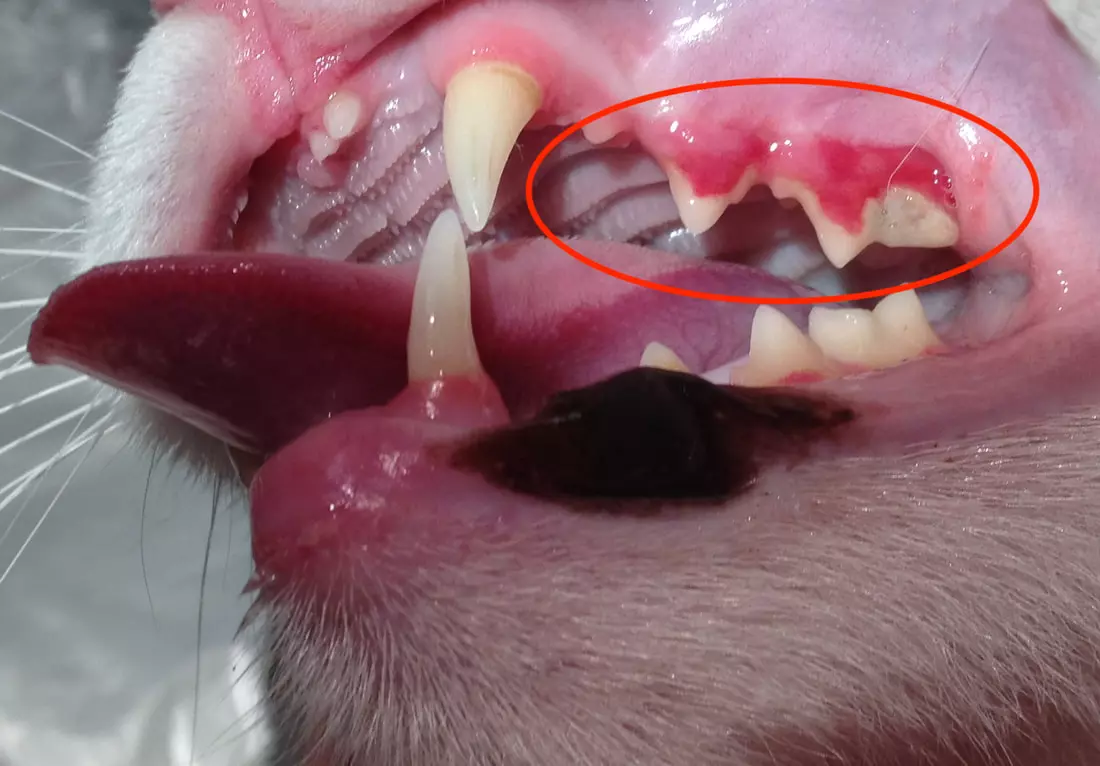
Tooth Resorption In Cats A Widespread Painful Problem

Resorptive Lesions In Cats An Update The Veterinary Nurse
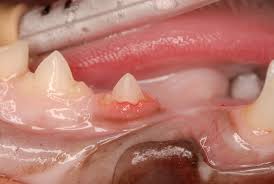
Dental Resorptive Lesions Close Veterinary Clinic
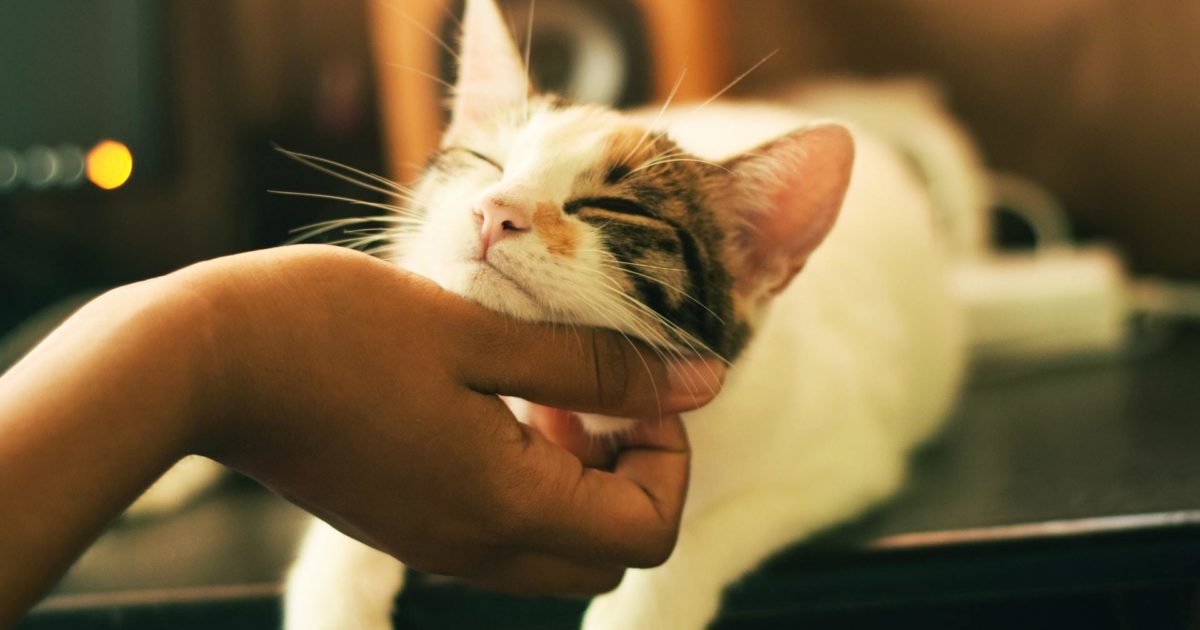
Feline Tooth Resorption How To Help Your Cat Firstvet

Feline Tooth Resorption Cat Dental Resorption Cat Dentist Minnesota Wisconsin
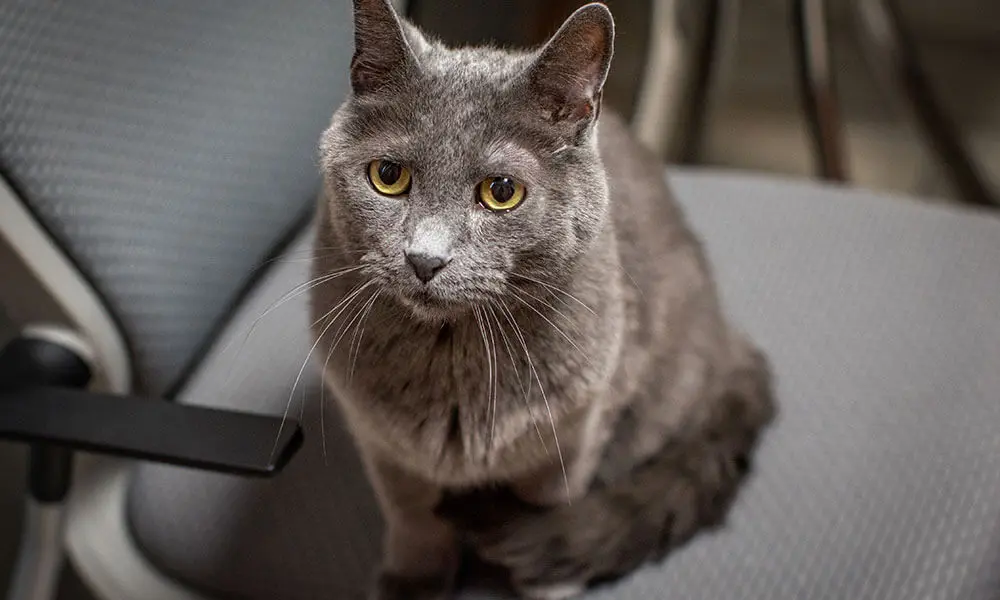
Feline Tooth Resorption A Guide For Cat Owners 1st Pet Veterinary Centers Az

Feline Tooth Resorption Today S Veterinary Practice

Don T Ignore The Signs Of Dental Disease In Cats
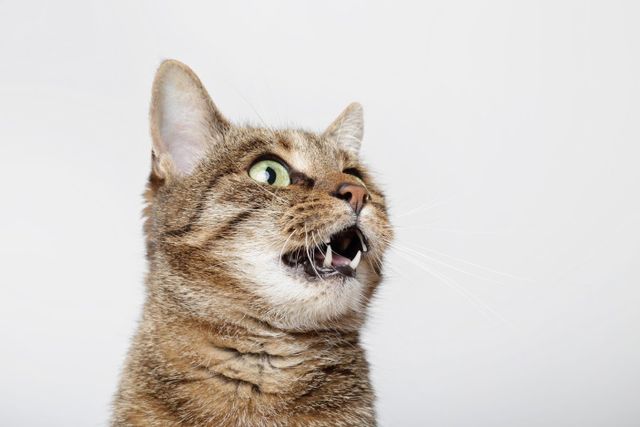
Tooth Resorption In Cats What You Should Know

Tooth Resorption Animal Dental Specialist

Tooth Resorption Advanced Animal Dentistry

Feline Tooth Resorption Today S Veterinary Practice

External Tooth Resorption In Cats Part 2 Therapeutic Approaches Today S Veterinary Practice

Chronic Feline Gingivostomatitis Proven Therapeutic Approaches New Treatment Options

Juvenile Gingivitis Periodontitis Advanced Animal Dentistry

